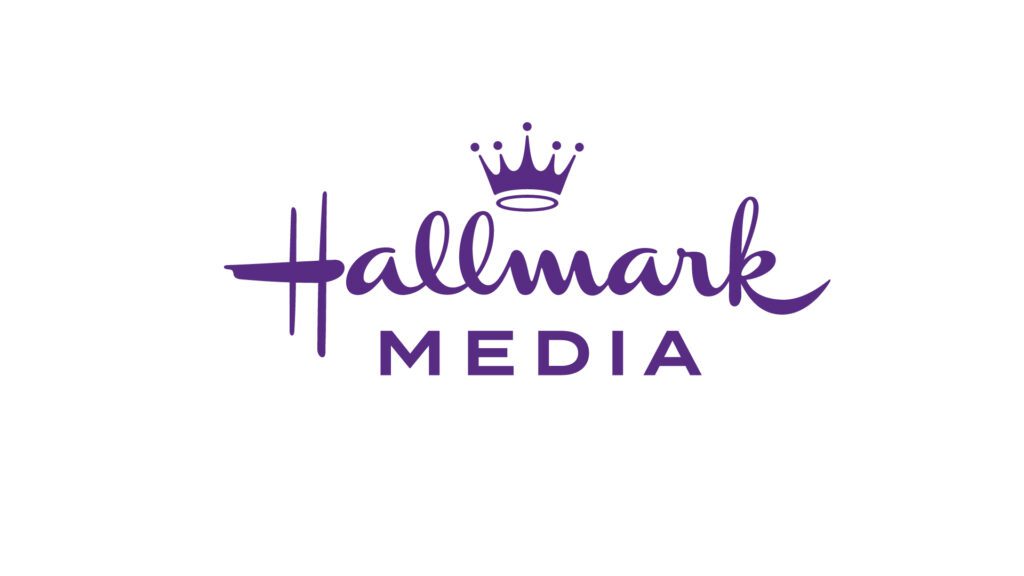Mini catalogs can work as a lower cost business-to-business direct marketing tool and uncover some hidden leads. But they have distinct characteristics from regular catalogs and should not be treated the same way.
Byk-Gardner USA, a manufacturer of testing equipment for paints and chemicals, got a 4.5% response rate to its first lead-generation test using a mini-catalog to 550,000 customers.
The Columbia, MD-based company, which sells through a large catalog and sales force, was looking for a new, lower- cost way to generate leads for some of products, said vice president and general manager Michael J. Gogoel during a session at DMD New York.
For example, a traditional $100,000 catalog program costs about 60 cents per piece in the mail while a mini would cost $17 cents. So for the same money, a marketer can send out 590,000 mini catalogs versus about 167,000 traditional catalogs, Carson noted.
While the mini catalog would only generate six orders versus 10 orders from the traditional, the mini would capture 3,540 new customers but the traditional would yield 1,670.
But mini catalogs must be simple, concise, timely relevant and must not be copy-heavy like many traditional b-to-b books, said Web Direct Marketing vice president and veteran copywriter Sy Dordick.
 Network
Network

